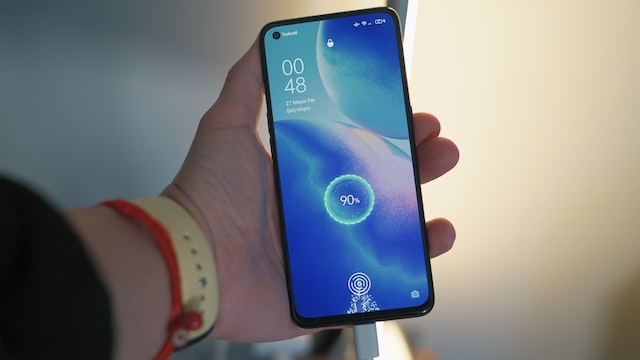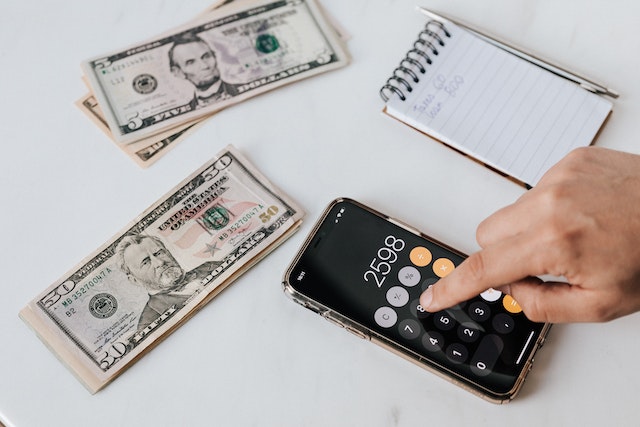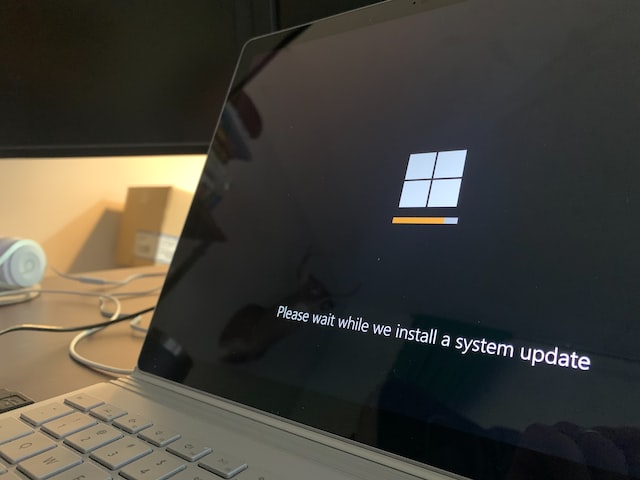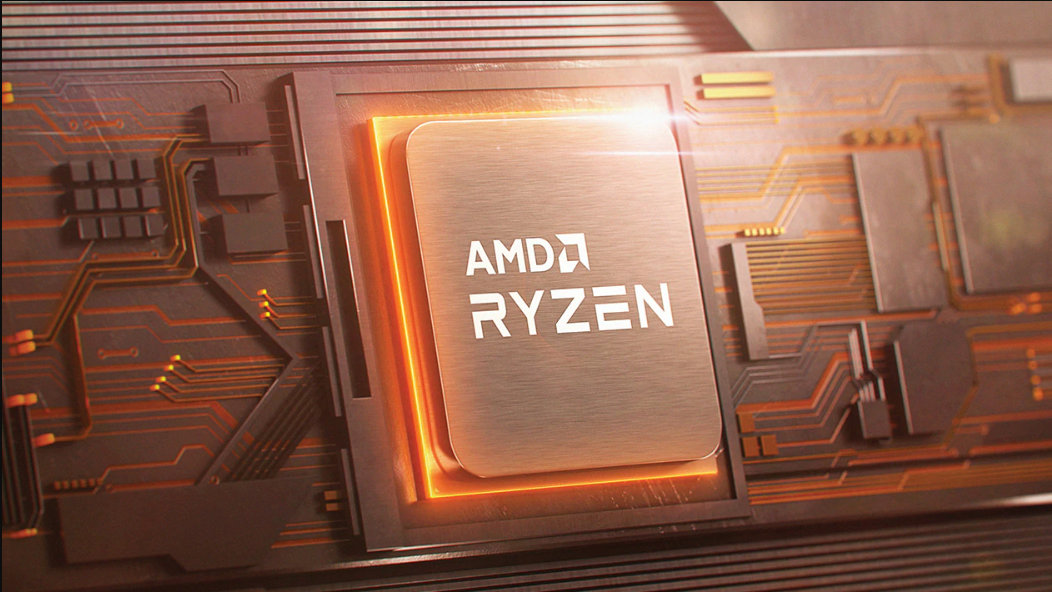
Fast charging batteries, also known as quick charging or rapid charging, can charge a device’s battery at a faster rate than a standard charger. This technology uses higher voltage and/or current to charge the battery more quickly.
Fast charging is a technology that allows a device’s battery to charge more quickly than with a standard charger. It is a feature that is becoming increasingly common in smartphones, tablets, and other portable devices, as it enables users to charge their devices in a shorter amount of time.
Fast charging works by increasing the voltage and/or current that is delivered to the device’s battery. This results in a faster charging time, but it can also generate more heat and put more stress on the battery, which is why it is important to use a charger and cable that is specifically designed for the device and its battery.
Types of Fast Charging
There are several different types of fast charging technologies, each with their own advantages and disadvantages. Some of the most common types include:
- Quick Charge (QC): Developed by Qualcomm, Quick Charge technology uses a higher voltage to charge a device’s battery more quickly. It is compatible with a wide range of devices, including smartphones and tablets.
- Power Delivery (PD): Developed by the USB Implementers Forum (USB-IF), Power Delivery technology uses a higher voltage and current to charge a device’s battery more quickly. It is compatible with a wide range of devices, including smartphones, tablets, and laptops.
- Adaptive Fast Charging (AFC): Developed by Samsung, Adaptive Fast Charging technology uses a higher voltage and current to charge a device’s battery more quickly. It is compatible with Samsung devices and some other devices.
- Warp Charge: Developed by OnePlus, Warp Charge technology uses a higher voltage and current to charge a device’s battery more quickly. It is compatible with OnePlus devices.
- Oppo’s SuperVOOC: Developed by Oppo, SuperVOOC technology uses a higher voltage and current to charge a device’s battery more quickly. It is compatible with some Oppo devices.
Fast Charging Safety
It is important to note that not all devices are compatible with all fast charging technologies, and using a charger or cable that is not specifically designed for the device can cause damage to the battery or even a fire hazard. It is crucial to use the original charger or the recommended one by the manufacturer.
In general, fast charging is considered safe as long as it is done using a charger and cable that is specifically designed for the device and its battery. This is because fast charging can generate more heat and put more stress on the battery, which can lead to safety issues if not properly managed.
However, using a charger or cable that is not specifically designed for the device can cause damage to the battery or even a fire hazard. It is also not recommended to use third-party fast charging accessories if not tested and recommended by the manufacturer.
Additionally, it is important to note that fast charging can decrease the overall lifespan of a battery over time. This is because the higher voltage and current can cause the battery to degrade faster.
Therefore it is crucial to use the original charger or the recommended one by the manufacturer, and to avoid overcharging the device, to keep the battery healthy and safe.






